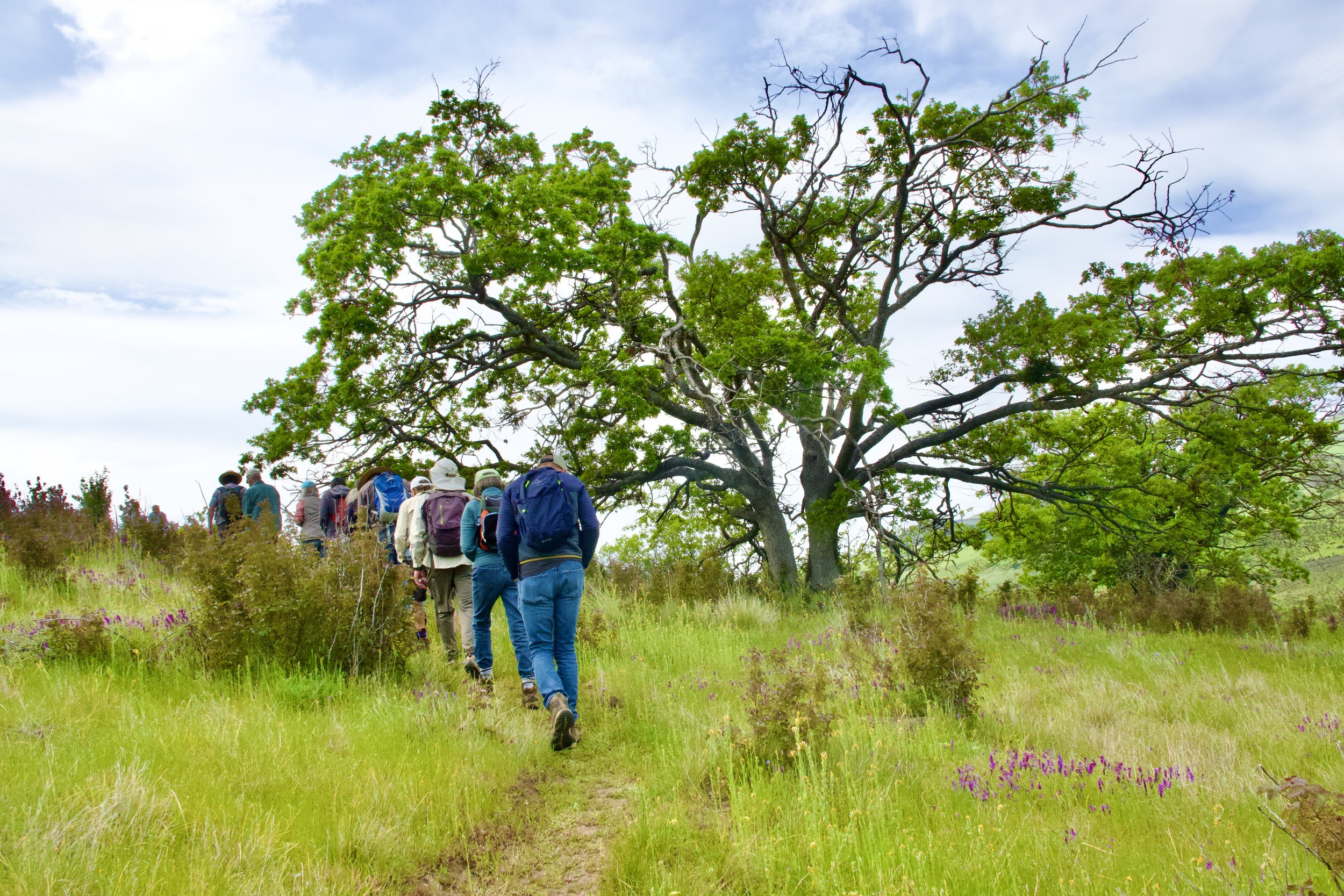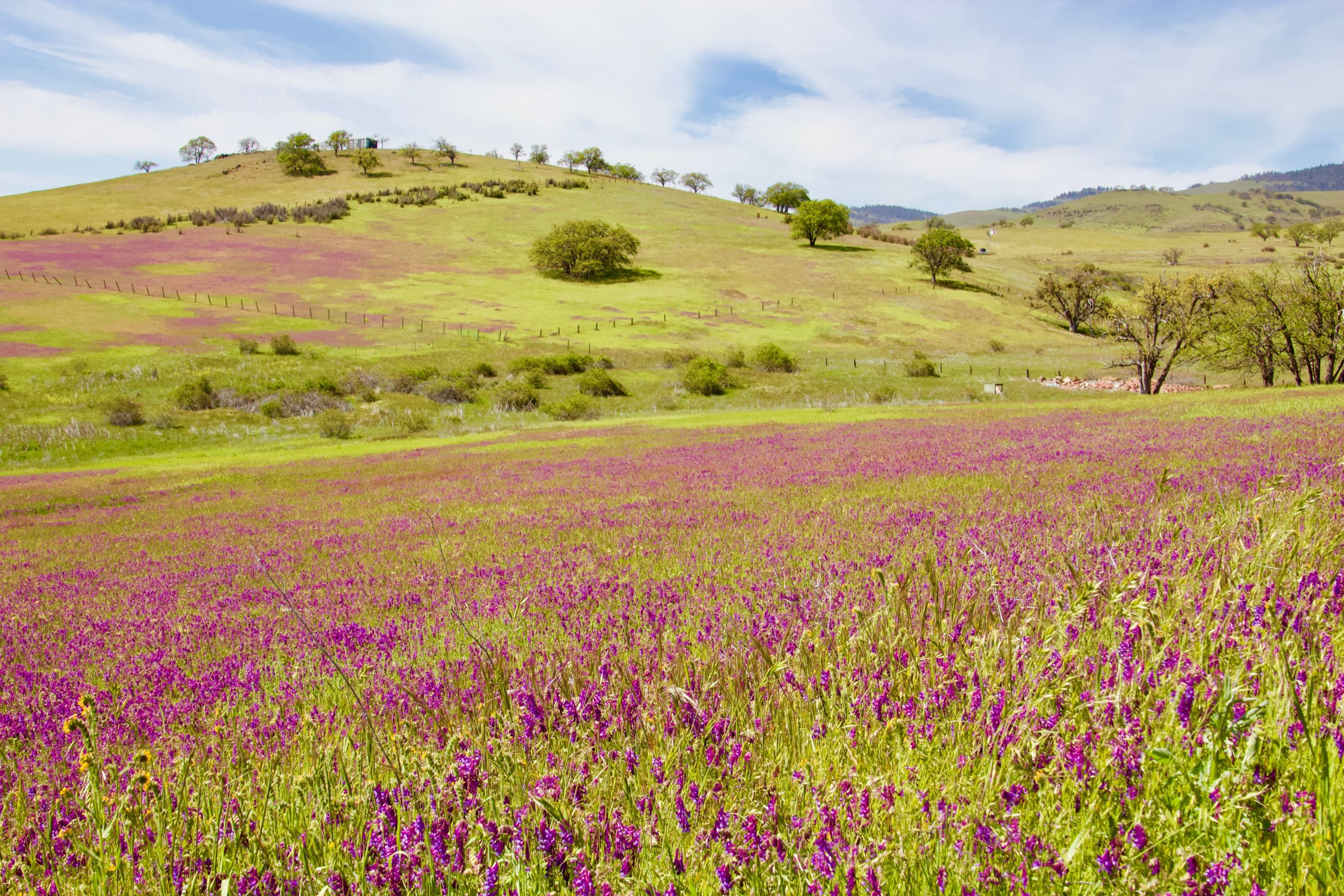Turkey Tail is a saprophytic (obtains nutrients from decaying wood) mushroom that can be found in every forested ecosystem of the world. With its alternating bands of colors and bright white underside, this fungus is easy to identify and adds a beautiful adornment to fallen logs, branches, and rotting stumps.
Turkey Tail operates as an important player in forest ecosystems. As a decomposer, they gobble down complex organic materials like lignin and cellulose in dead wood, facilitating nutrient recycling. This process is crucial for forest health, as it enriches the soil and supports new plant growth.
While only a few species of caterpillars, gnats, and fly larvae have been known to eat Turkey Tail, humans have been using this mushroom medicinally for centuries. In Chinese Medicine it is known as Yun Zhi, and is known to have immune boosting, and cell regulating qualities. In one study, Polysaccharides from Turkey Tail mushrooms were shown to inhibit the growth of human liver and breast cancer cells (Zhou, 2007).
Next time you’re out for a trot in nature and notice this fascinating fungi, don’t forgot to give thanks for the medicinal and ecological functions that this often overlooked companion supports.
Xuanwei Zhou, “Cytotoxic activities of Coriolus versicolor (Yunzhi) extracts on human liver cancer and breast cancer cell line.” African Journal of Biotechnology, August 2007 Read Full Article Here











